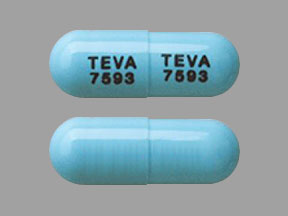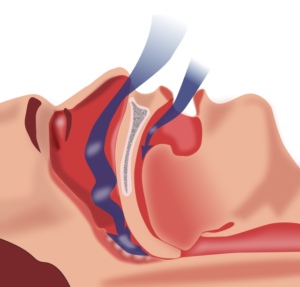Two weeks ago, I posted about the beginning of my ADHD treatment journey, and I talked about my first day on Atomoxetine, a sNRI medication for ADHD that is also sold under the name Strattera.
 Unfortunately, after some initially hopeful results, the rest of my titration has been fairly unremarkable. The feeling that my brain had more capacity has remained, though after the initial feeling that hasn’t borne a great deal of fruit; and my wife has noted that I’ve been remembering and noticing things a bit better over the last two weeks (though, counterpoint, I forgot to take the trash out to the curb today for the first time in months). In addition, as far as focus goes, I’ve had more “good days” and fewer “bad days,” which is certainly nothing to sneeze at. It’s certainly not making things worse.
Unfortunately, after some initially hopeful results, the rest of my titration has been fairly unremarkable. The feeling that my brain had more capacity has remained, though after the initial feeling that hasn’t borne a great deal of fruit; and my wife has noted that I’ve been remembering and noticing things a bit better over the last two weeks (though, counterpoint, I forgot to take the trash out to the curb today for the first time in months). In addition, as far as focus goes, I’ve had more “good days” and fewer “bad days,” which is certainly nothing to sneeze at. It’s certainly not making things worse.
 But the real problems I’ve been encountering —focus, attention, and executive function—haven’t seen particularly spectacular results. Neither the good days nor the bad days are better than they were before, there are just slightly more of one and slightly fewer of the other; and honestly, that’s what I would expect around this time of year anyway, with the sun coming up earlier and staying up later. After a week, I assumed it was just the lower dose; then, I thought maybe I was just not seeing changes that were actually happening. But when I heard about the results a friend of mine encountered when she got on a different medication, and how dramatically her life had changed, I could tell that I wasn’t experiencing the same thing.
But the real problems I’ve been encountering —focus, attention, and executive function—haven’t seen particularly spectacular results. Neither the good days nor the bad days are better than they were before, there are just slightly more of one and slightly fewer of the other; and honestly, that’s what I would expect around this time of year anyway, with the sun coming up earlier and staying up later. After a week, I assumed it was just the lower dose; then, I thought maybe I was just not seeing changes that were actually happening. But when I heard about the results a friend of mine encountered when she got on a different medication, and how dramatically her life had changed, I could tell that I wasn’t experiencing the same thing.
Everything came to a head today, at the two week point. Work today went well; but I’ve had good days before the medication. It was when I realized that it was no better than one of my best days before medication that I decided to write up this post, and in the process of composing it in my mind (I’m writing this while rocking a baby to sleep), I realized that the takeaway would probably be that Atomoxetine just isn’t doing it for me. I’m sure it’s great for some people, but barring any sudden improvements before then, I’m going to tell my provider at my next appointment that I’d like something else.
So what’s next?
I’m not entirely sure. The stimulant shortage continues, at least partially due to an increase in prescribing; according to the CDC,
Prescription stimulant use, primarily for the treatment of attention-deficit/hyperactivity disorder (ADHD), has increased among adults in the United States during recent decades, while remaining stable or declining among children and adolescents. [Since the pandemic], the percentage of enrollees with one or more prescription stimulant fills increased from 3.6% in 2016 to 4.1% in 2021. The percentages of females aged 15–44 years and males aged 25–44 years with prescription stimulant fills increased by more than 10% during 2020–2021.
To make matters worse, the DEA has not increased their manufacturing limits on the controlled substances, meaning that drug makers cannot legally keep up with demand. All of which means I’m not likely to have an easy time finding a stimulant medication in stock, though some of my friends’ experiences give me hope in that regard.
All of which means I’m not likely to have an easy time finding a stimulant medication in stock, though some of my friends’ experiences give me hope in that regard.
So I don’t actually know what’s next. I’ll certainly bring all of these concerns to my provider at our next appointment, but that’s another two weeks away. In the meantime, I’ll continue taking the medication I have and monitoring for any sudden improvements.
In any case, I’ll be updating you here. The reaction from my first account of my journey was overwhelming; thank you for all of your kind words of support. It’s not over yet.



